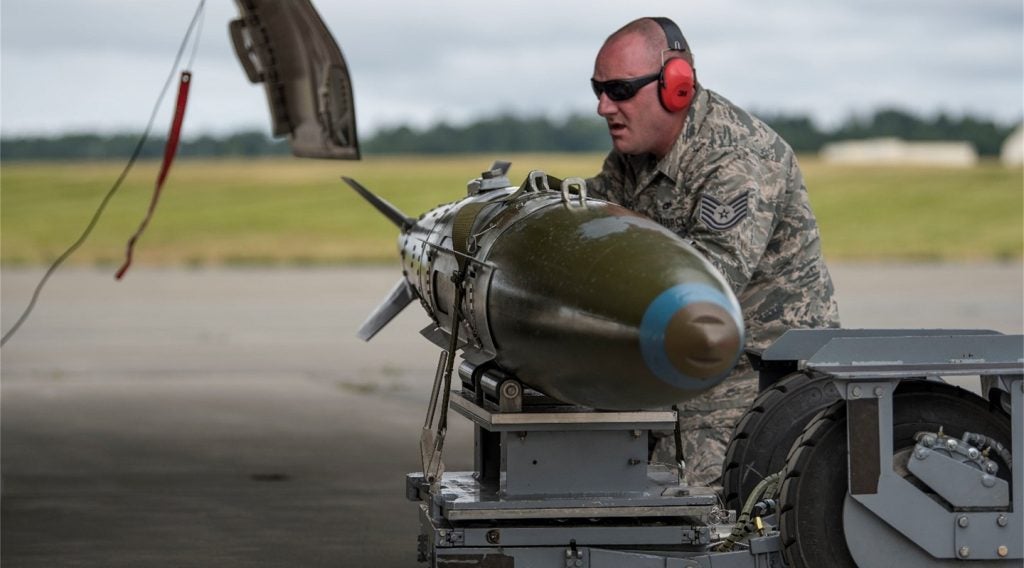Boeing has completed functional qualification testing phase for the US Air Force’s (USAF) family of advanced beyond line-of-sight terminals (FAB-T) development programme.
Carried out using a Boeing 707 test aircraft, the flight tests validated operational capabilities required for both ground and airborne terminal types specified in USAF’s FAB-T development contract.
Comprising multiple terminals and orbiting advanced extremely high frequency (AEHF) and military strategic, tactical and relay (Milstar) satellites that will carry FAB-T communications, the trials also evaluated FAB-T command post terminal’s performance under realistic flight conditions.
Boeing vice-president and FAB-T programme manager Paul Geery said the successful tests demonstrated that the FAB-T terminal suite is an effective, low-risk, real-world solution.
"Our mature offering puts us in great shape to deliver the total FAB-T configuration," Geery said.
Flight tests for the advanced wideband terminals, which will be installed onboard USAF’s B-2 and B-52 bombers, as well as RC-135 reconnaissance aircraft, are anticipated to conclude in fall 2013.
In addition to fixed and mobile ground installations, the FAB-T command post terminals are also scheduled to be installed on the E-4B airborne operations center, and E-6 airborne command post aircraft.
Other upcoming FAB-T milestones include the completion of functional and physical configuration audits, information security certification, and an extended battery of tests for verification of the system’s reliability.
Currently finishing work under the existing FAB-T development contract, Boeing is also participating in a limited competition to produce FAB-T.
Also pursued by Raytheon, the FAB-T production contract is expected to be awarded by USAF in early 2014.
The FAB-T is designed to provide senior national and military leaders with a secure satellite-based capability required to achieve information superiority in the command and control of US strategic forces worldwide, upon entry into operational service.








